Discover transformative homestead garden ideas that optimize your space and enhance your outdoor oasis. Whether you're a beginner or a seasoned gardener, find inspiration and practical tips to create a sustainable, beautiful, and functional garden.
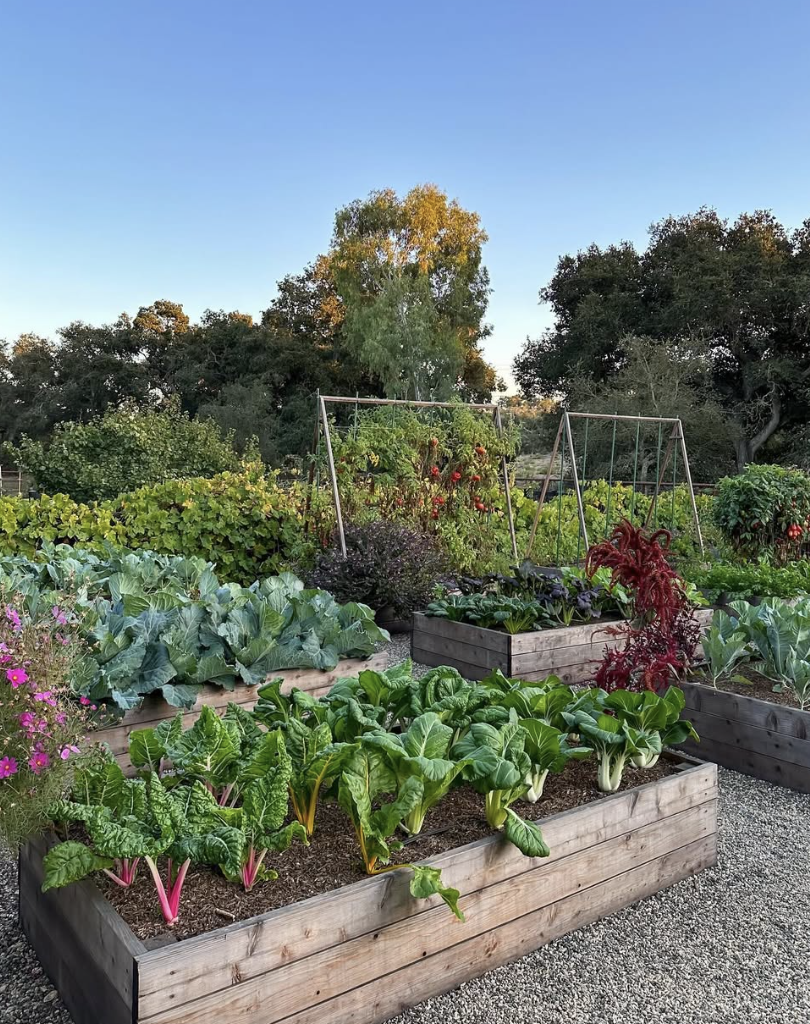
Disclaimer: this post may contain affiliate links, and every purchase made through these links will give me a small commission (at absolutely no extra cost for you!) AS AN AMAZON ASSOCIATE AND REWARDSTYLE MEMBER, I EARN FROM QUALIFYING PURCHASES. See Privacy Policy for additional info.
Hey there, fellow green thumbs and earth lovers! Whether you're nestled on acres of lush land or working with a cozy backyard space, the dream of creating a flourishing homestead garden is within your reach. It's all about making the most of what you've got, weaving together both beauty and utility. This post is your go-to guide with 25 stunning garden ideas to maximize your space and inspire your next outdoor project. From compact veggies to sprawling flower beds, I've got the scoop on making your garden both a feast for the eyes and a bounty for the table!!
Diving into the world of homesteading and gardening can be as thrilling as it is daunting. The secret garden to success lies in thoughtful planning, a dash of creativity, and a sprinkle of love for the earth. These 25 ideas are more than just pointers; they're a roadmap to transforming any space into a vibrant, life-giving oasis. Whether you're a novice gardener planting your first seed or a seasoned homesteader looking to revamp your green space, there's something here that'll spark joy and innovation in your gardening journey.
With an emphasis on sustainability, functionality, and sheer beauty, my list of homestead garden ideas aims to inspire and guide you through maximizing your available space - no matter the size! From vertical gardening to the magic of companion planting, prepare to unlock the secrets of efficient and effective homesteading that resonates with the rhythms of nature. Ready to get your hands dirty and your heart full? Let's dive in and explore the possibilities of creating a garden that not only sustains but thrives, offering nourishment and a retreat for both the body and soul!
What is a Homestead Garden?
Homestead gardening is your ultimate answer to hugging nature right in your own slice of heaven. Imagine stepping outside to a garden that's more than just a showcase of blooms, but a living, breathing ecosystem of veggies, herbs, and fruits that's as self-sufficient as it is abundant. This kind of gardening is all about rolling up your sleeves and nurturing a space that can sustain you and yours. Whether it's firing up a homegrown tomato for your salsa or snipping fresh basil for that pasta perfection, it's about harnessing the circle of life from seed to supper. And the best part? You're not just growing food, you're growing life skills and a deeper connection to the earth, one plant at a time. How's that for some grounded goodness?
Homestead Garden Ideas:
Homestead gardens are all about that self-sufficient, sustainable lifestyle, where every plant has a purpose and your pantry is just a stone's throw away.
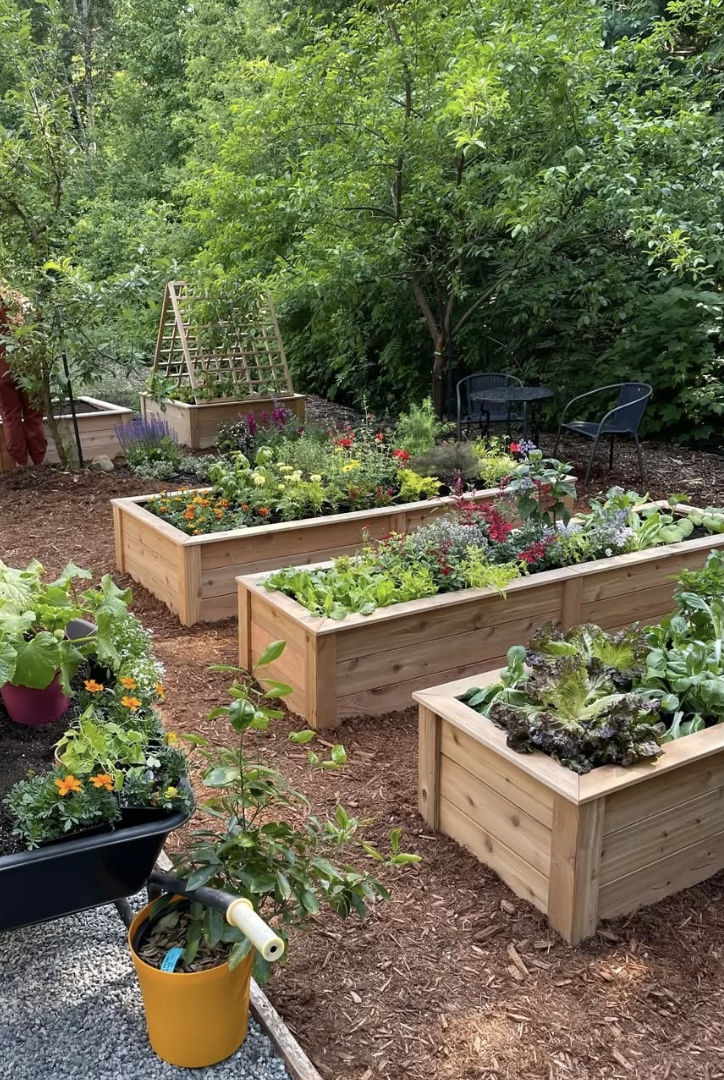
Homestead gardens aren't just about the harvest (although that's a pretty great perk); they're about forming a connection with the earth. There's a certain magic in planting a seed and nurturing it into something that provides nourishment and beauty, don't you think?
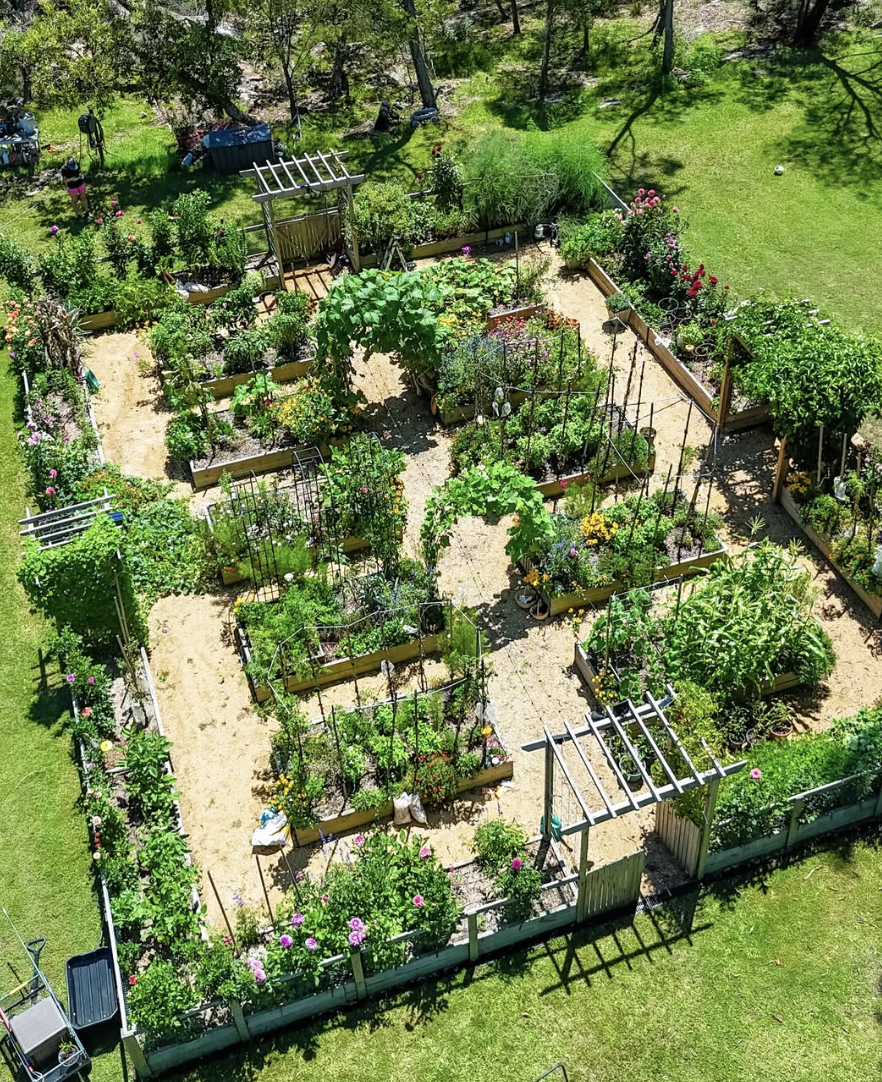
The modern homesteader knows that a garden is more than just a plot of land; it's a living ecosystem. Companion planting isn't just a trend; it's a way of life in which plant buddies help each other out to grow stronger and healthier - talk about squad goals!
Dreaming of a year-round harvest? Seasonal planting in your homestead garden can make that dream a reality. With a little research and planning, you could be pulling up fresh carrots or picking bright berries no matter the season.
Let's talk about the big picture: sustainability. Homestead gardens are the ultimate testament to living in sync with the environment. Composting, rainwater collection, and organic pest control are just a few green habits that can make your garden-and the planet-a little happier.
Vertical gardening is your best friend if you're short on space. Whether you're working with a balcony or a small yard, upward growth is the way to go. Trellises, wall planters, and hanging baskets can turn a blank wall into a green wonderland.
Don't forget the herbs! No homestead garden is complete without these fragrant and useful plants. Whether you're growing basil for a homemade pesto or chamomile for a calming tea, herbs are the little touches that make a garden truly special.
Water-saving techniques like drip irrigation not only conserve a precious resource but also ensure that your plants get the hydration they need without waste. Your water bill - and the planet - will thank you.
For those looking to attract a bit of wildlife, consider a wildflower corner or a pollinator garden. It's like a welcome sign for bees, butterflies, and birds, turning your garden into a lively hub for nature's workers.
Think your garden stops when the sun goes down? Think again! Solar-powered garden lights can create a dreamy, after-dark sanctuary that lets you enjoy your homestead garden by moonlight.
Raised beds aren't just trendy; they're smart, too, especially for controlling soil quality and drainage, not to mention easing back strain. A raised bed filled with your choice veggies or flowers can be a real showstopper.
Who says gardens are just about plants? Adding elements like a DIY stone path or a quaint bench provides structure and a touch of charm, making your homestead garden not just a place to work, but also to relax and reflect.
Let's talk perennials. Investing in plants that come back year after year means less work for you and more time to enjoy the perennial beauty of your homestead garden. Now that's the gift that keeps on giving!
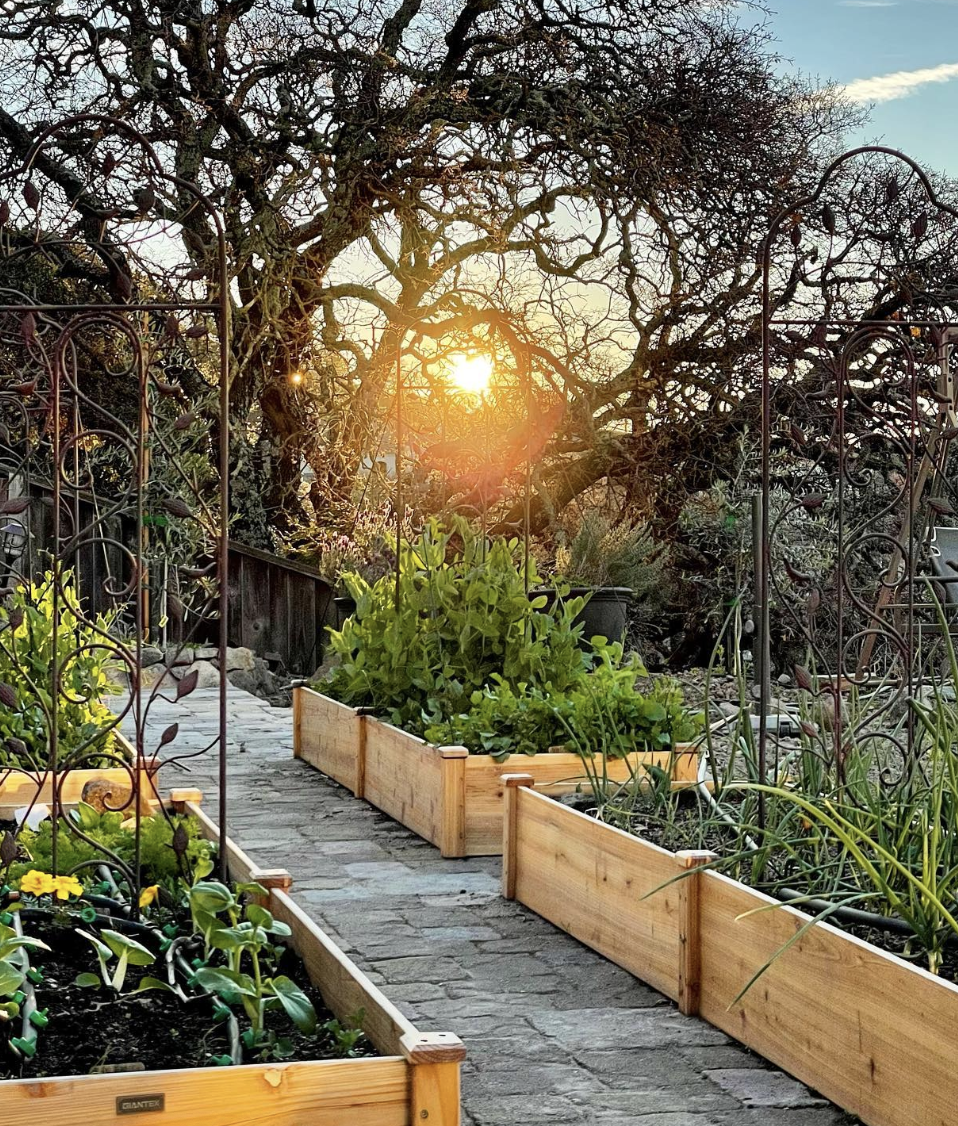
Edible flowers are the hidden gems of the garden world. They bring a pop of color and an unexpected twist to salads and desserts. Nasturtiums, anyone?
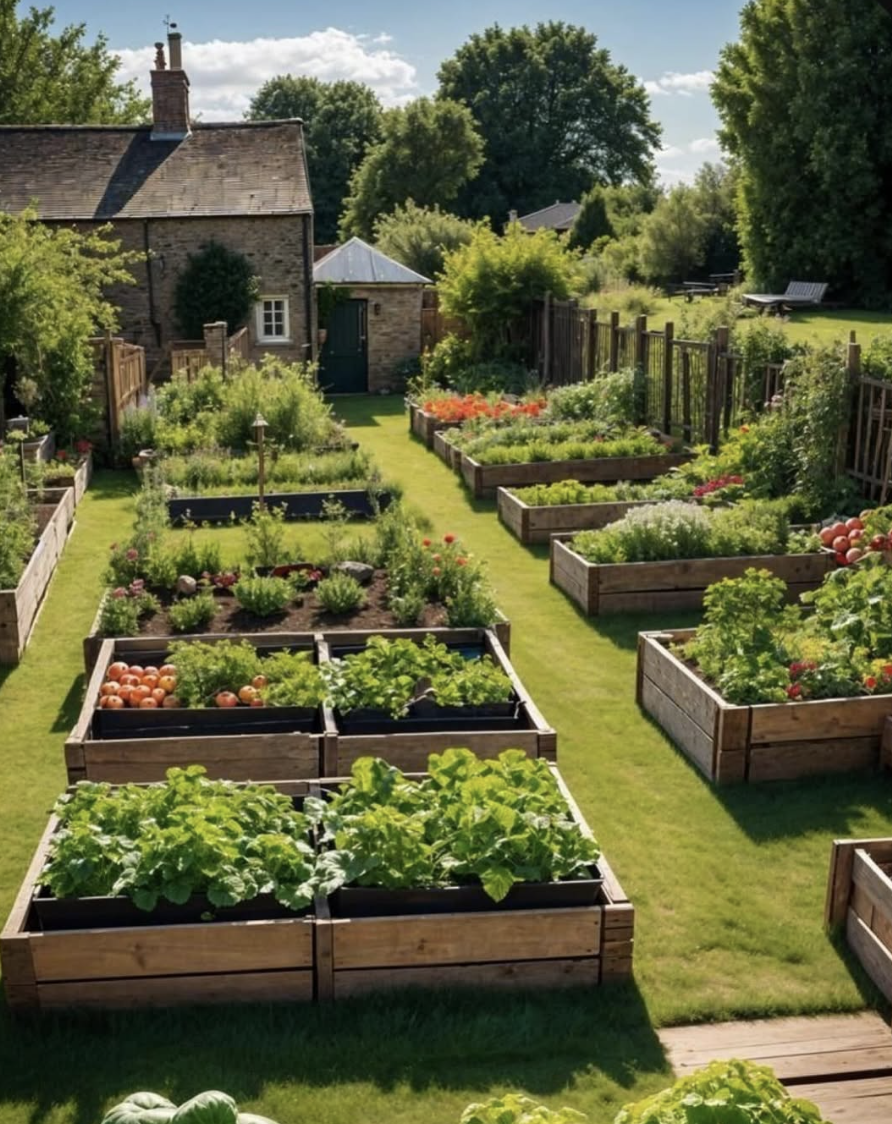
Container gardening is the perfect solution for those looking to save space and maintain flexibility. Plus, there's nothing quite like the convenience of moving your plants to just the right spot for optimal sunlight.
Soil health: it's the key to a thriving garden. Getting down and dirty with soil testing and amendments ensures that your plants have the best foundation to grow strong and fruitful.
For those looking to go the extra mile, why not try your hand at cultivating heirloom varieties? They often come with stories as rich as their flavors and can add a touch of history to your plate.
Homestead gardening isn't just about what you grow-it's also about how you grow it. Integrating smart design, such as keyhole gardens or espaliered fruit trees, can turn gardening into a form of living art.
Don't overlook the power of a good mulch. It can suppress weeds, retain moisture, and add a polished look to your garden beds. It's like the cozy blanket your garden didn't know it needed.
Lastly, remember that every homestead garden is as unique as the gardener who tends it. There's no one-size-fits-all approach, so let your individuality shine through in the plants you choose and the space you create.
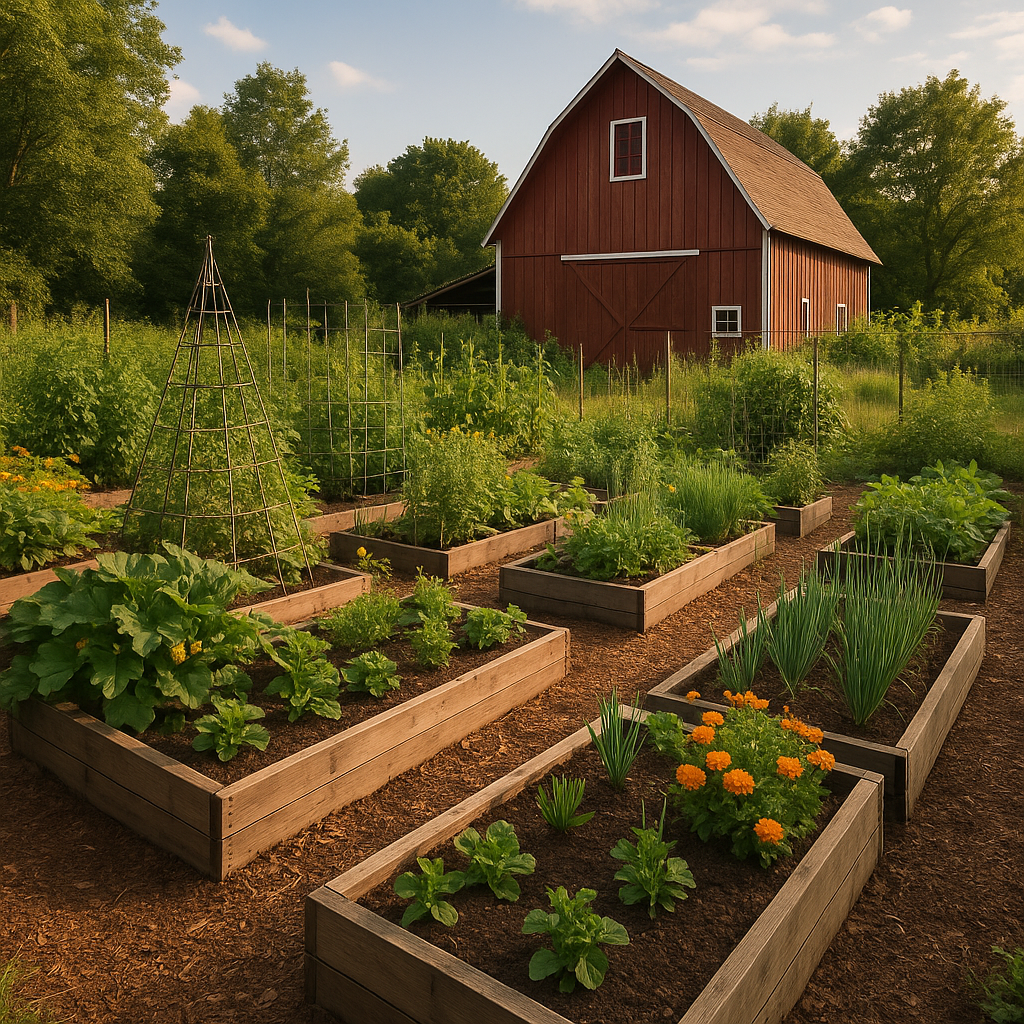
Homesteading Gardening Tips and Tricks
- Start Composting: Transform your kitchen scraps into gold for your garden. Composting enriches the soil, helping plants grow stronger.
- Save Heirloom Seeds: Preserve biodiversity and ensure resilience by saving seeds from year to year, especially those adapted to your local environment.
- Water Wisely: Invest in a drip irrigation system or use soaker hoses to minimize water usage and ensure water gets directly to the plant roots.
- Use Mulch: Mulching helps retain soil moisture, suppress weeds, and improve soil quality. Organic mulches like straw or wood chips also add nutrients as they decompose.
- Implement Crop Rotation: Prevent soil depletion and pest buildup by rotating your crops each season. This keeps the soil healthy and reduces the need for chemical interventions.
- Embrace Companion Planting: Grow certain plants together to enhance growth, deter pests, and increase yield. For example, planting marigolds among vegetables can repel harmful insects.
- Grow Vertically: Maximize your space and yield by using trellises, stakes, and vertical planters, especially for climbers like beans, cucumbers, and tomatoes.
- Plan for Succession Planting: Keep your garden productive by planting new crops as soon as one crop finishes. This ensures a continuous harvest and maximizes garden space.
- Encourage Beneficial Wildlife: Create habitats for pollinators and predators of common pests by planting a diversity of species and providing water sources.
- Experiment with Permaculture Principles: Incorporate permaculture strategies to create a more sustainable and self-sufficient garden ecosystem.
- Extend Your Season: Use cold frames, greenhouses, or hoop houses to protect your plants from early frost and extend your growing season.
- Keep a Garden Journal: Document what you plant, when you plant, and how things grow. A journal is invaluable for planning and improving future gardens.
- Practice Organic Pest Control: Before reaching for chemicals, try natural pest control methods, such as introducing beneficial insects, using neem oil, or making homemade insecticidal soaps.
- Learn to Preserve: Extend the bounty by learning how to can, freeze, dehydrate, and ferment your garden produce.
- Be Patient and Observant: Understand that gardening is a process of learning and adapting. Observing the changes and responding thoughtfully is key to a thriving homestead garden.
- Invest in Quality Tools: Buy the best tools you can afford and take care of them. Quality tools make the work easier and are more durable over time.
- Start Small: Don't overwhelm yourself. It's better to manage a smaller space well than to neglect a larger one. You can always expand as you gain experience.
Conclusion
Homesteading gardening is a rewarding adventure that intertwines food production with ecological stewardship. From composting and saving heirloom seeds to practicing crop rotation and organic pest control, each strategy plays a crucial role in nurturing a flourishing homestead garden.
It's essential to remember that gardening is a journey of continuous learning and adaptation. By starting small, being patient, and observing the natural cycles, anyone can transform their outdoor space into a thriving ecosystem that nourishes both the body and the soul. The magic of homesteading gardening lies in its ability to connect us more deeply with the rhythms of nature, providing a sense of fulfillment and abundance that goes far beyond the harvest itself.
Until next time,


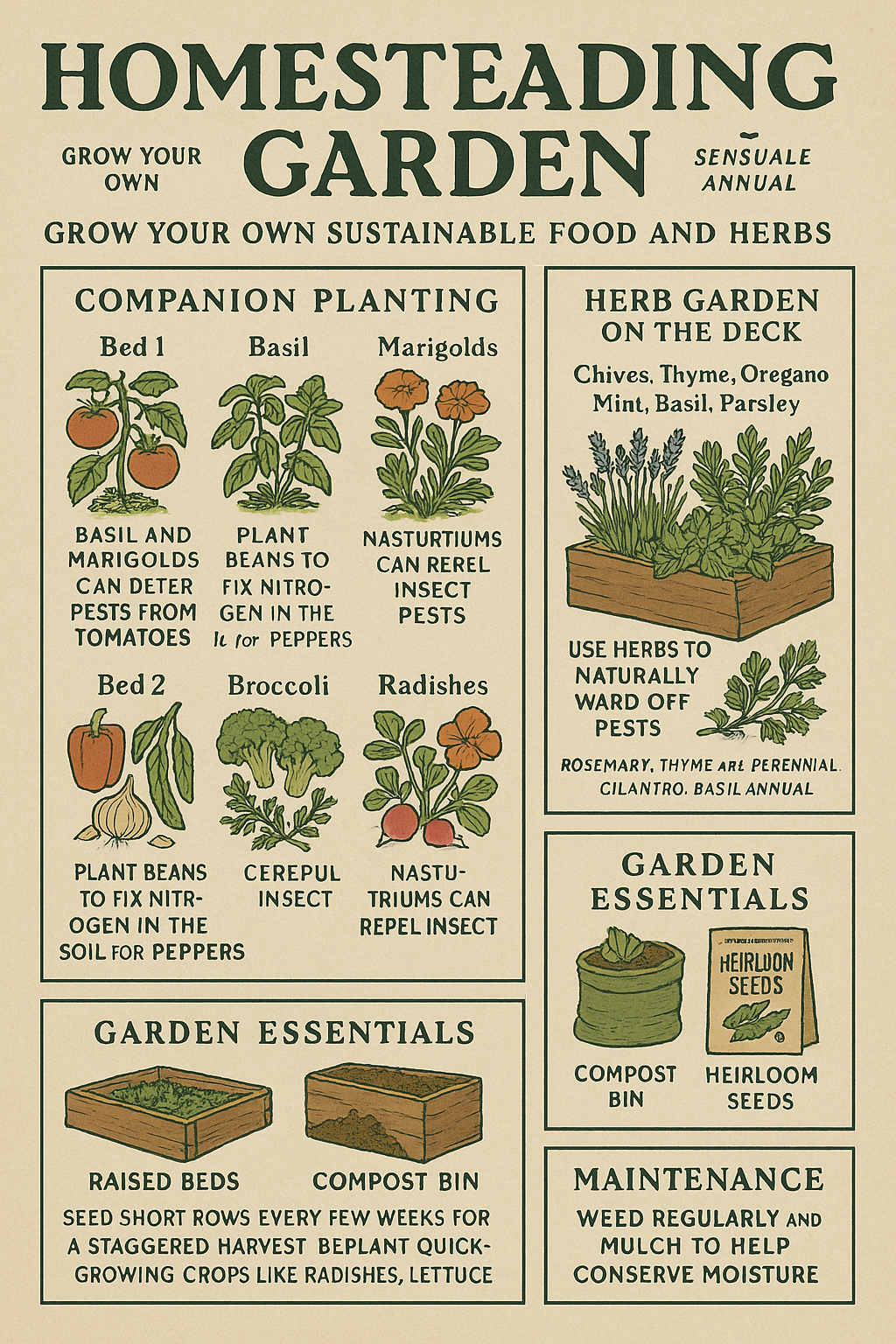

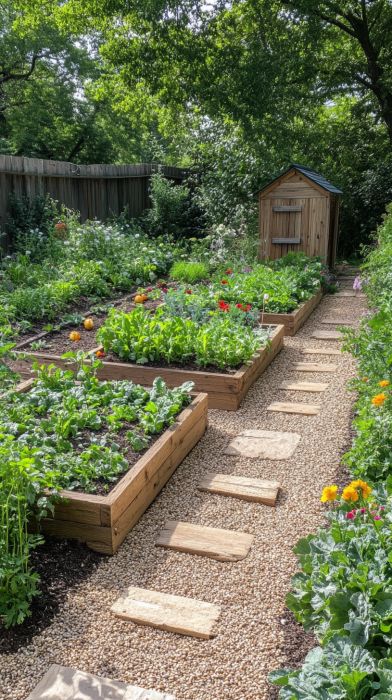
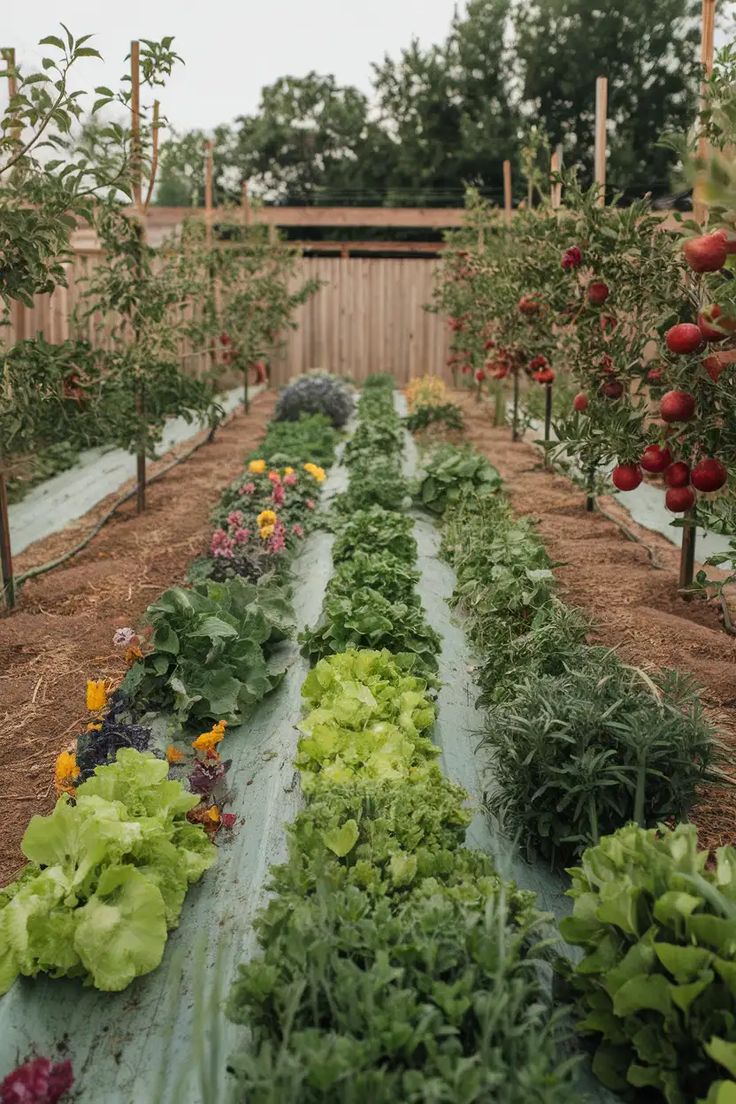
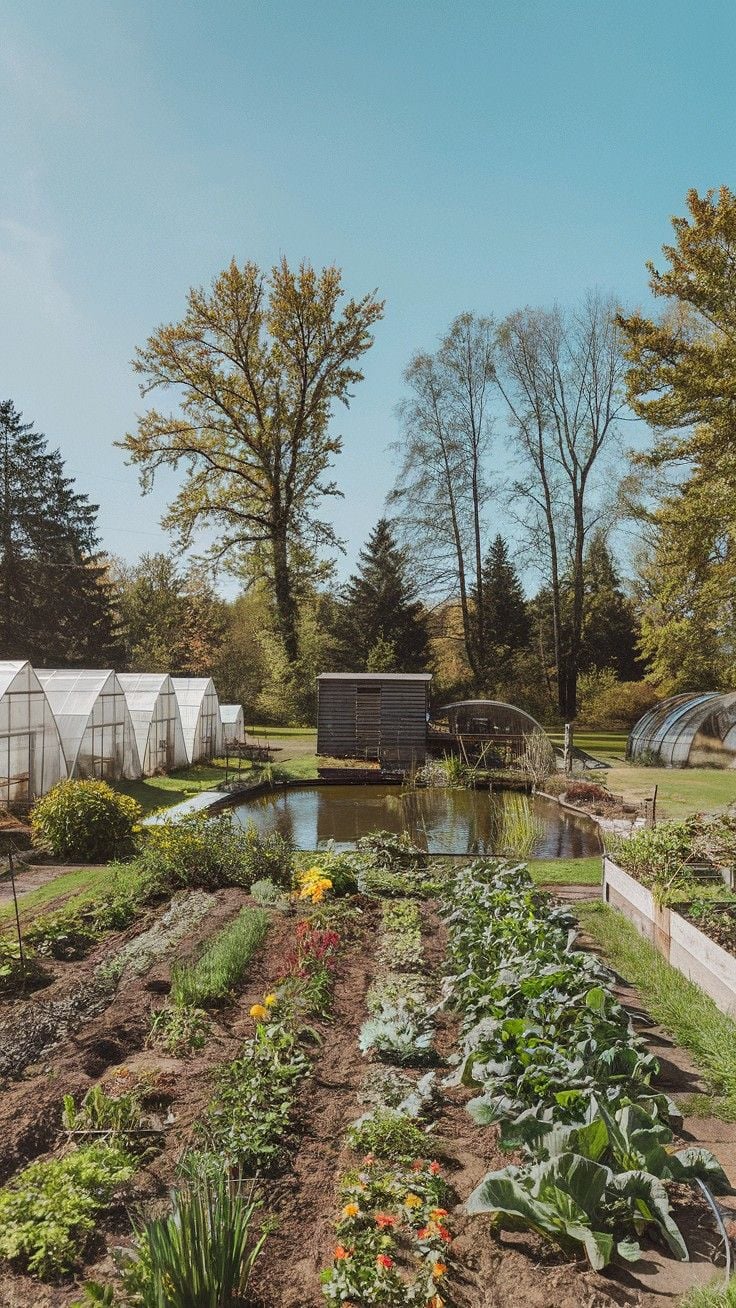
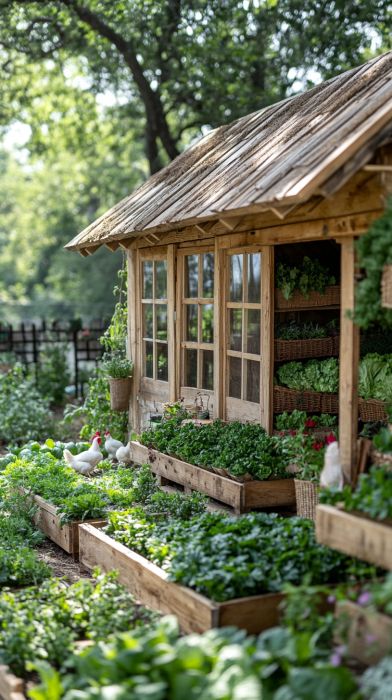
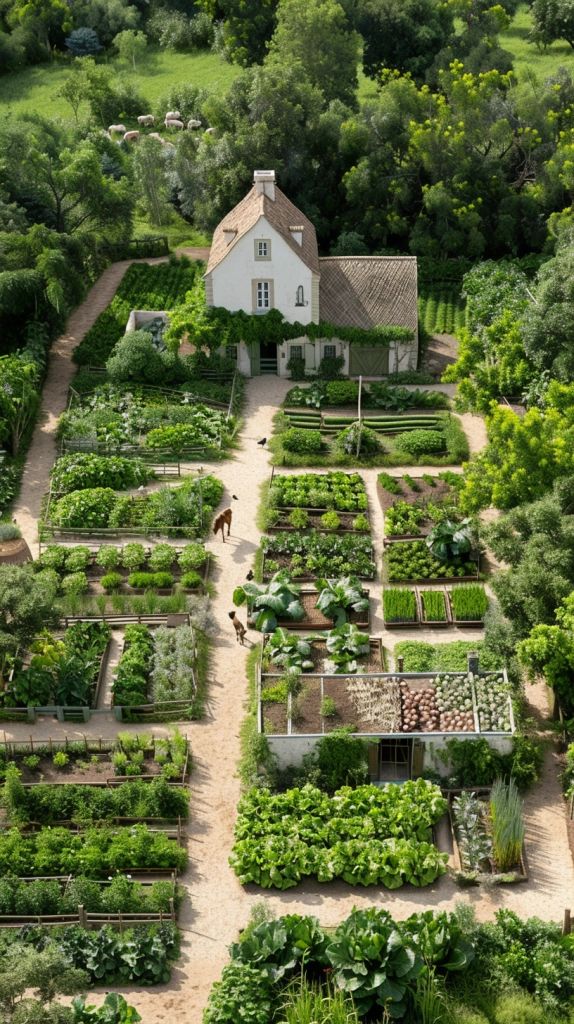
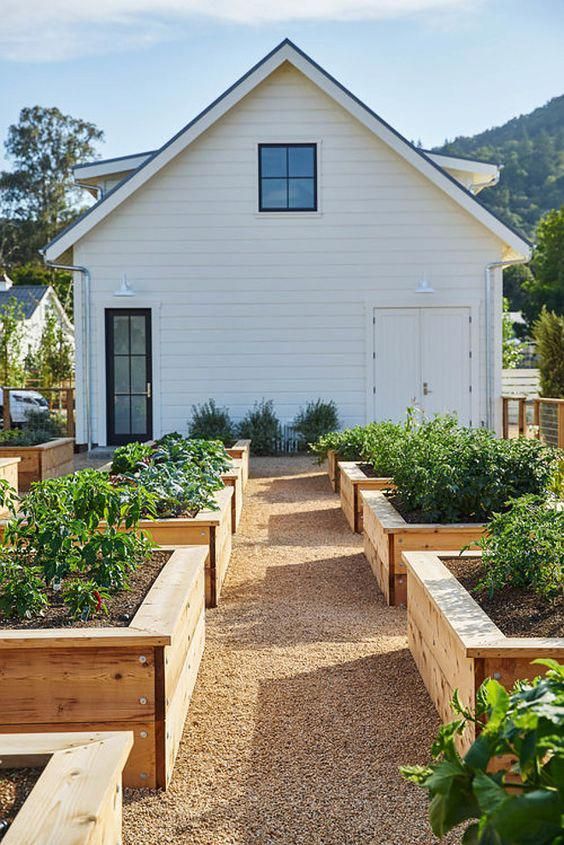
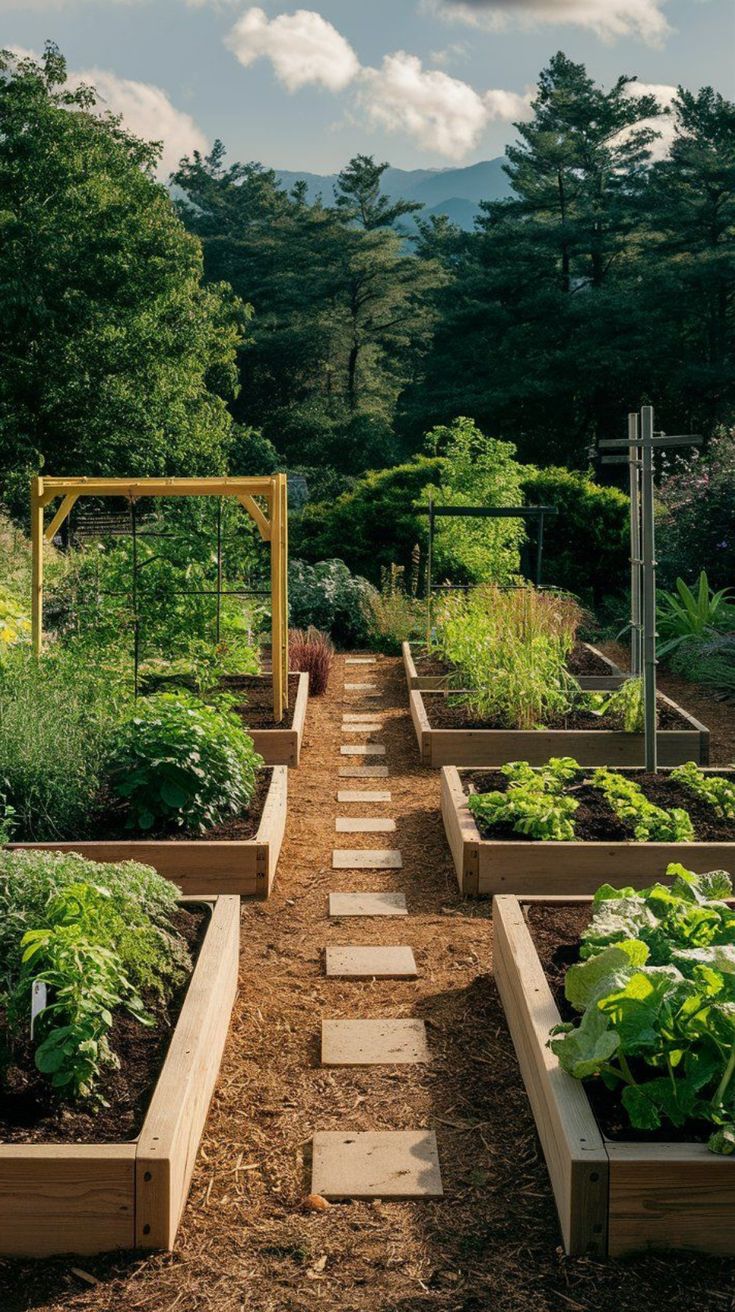
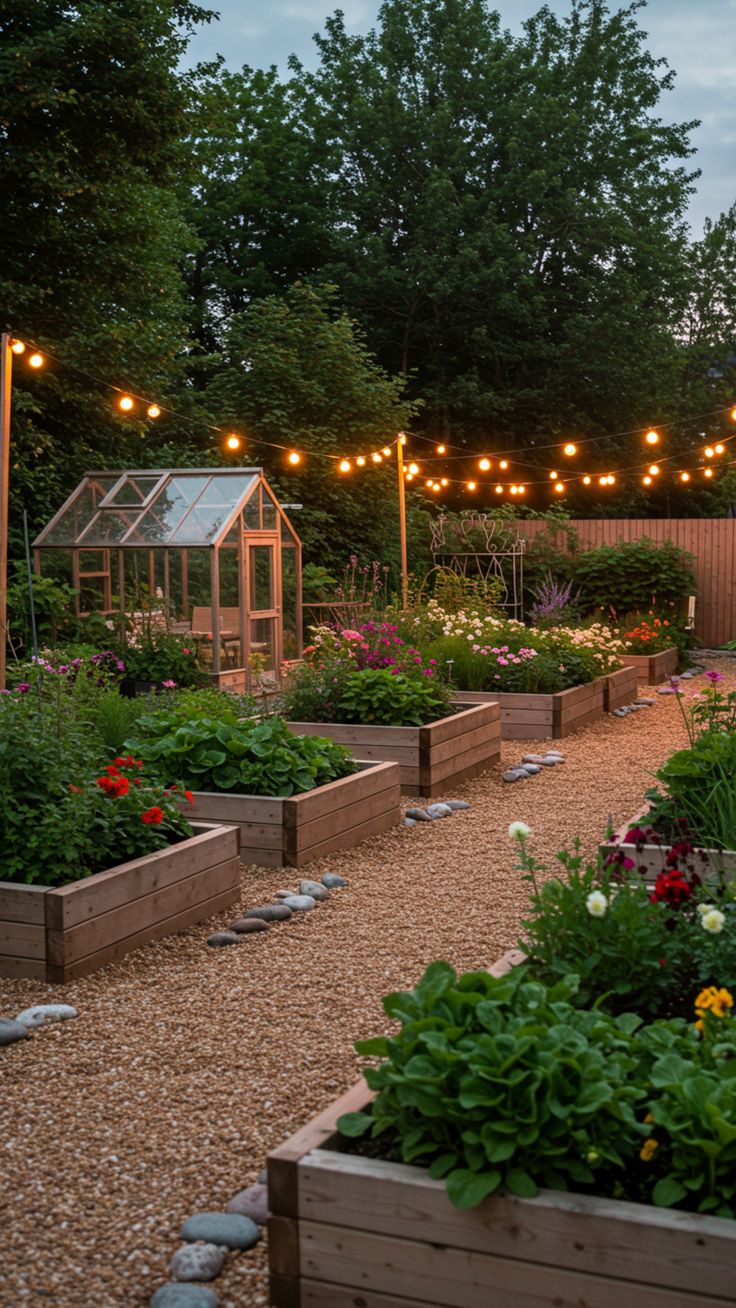
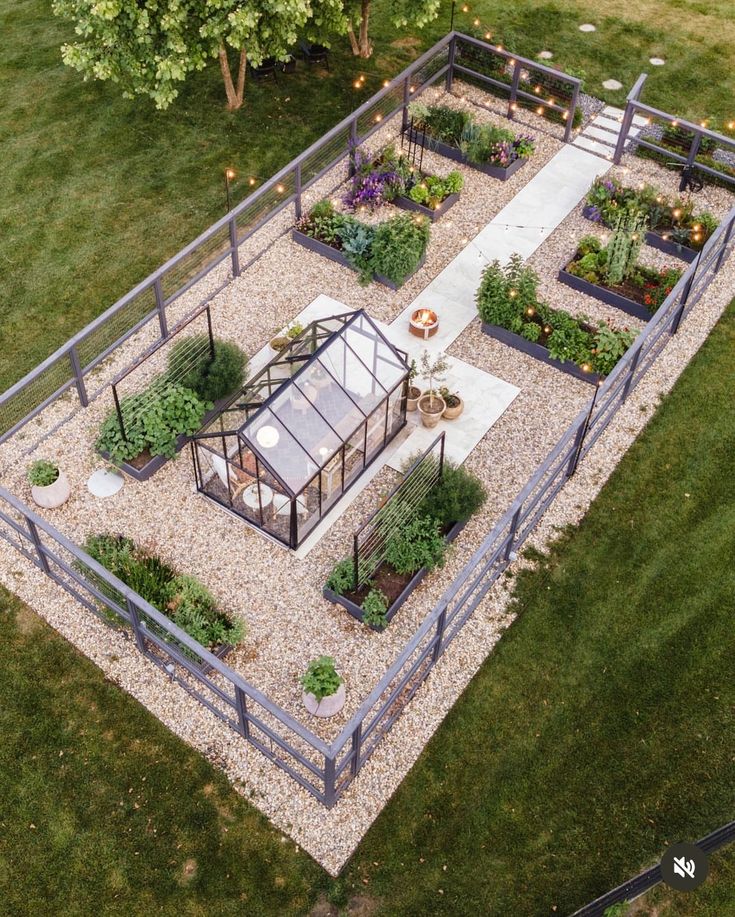
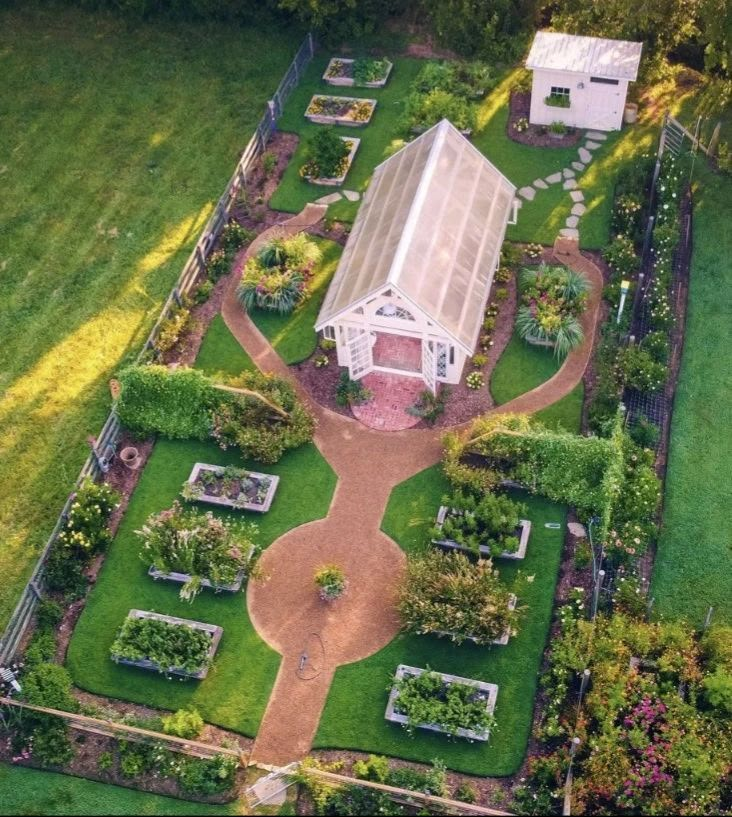
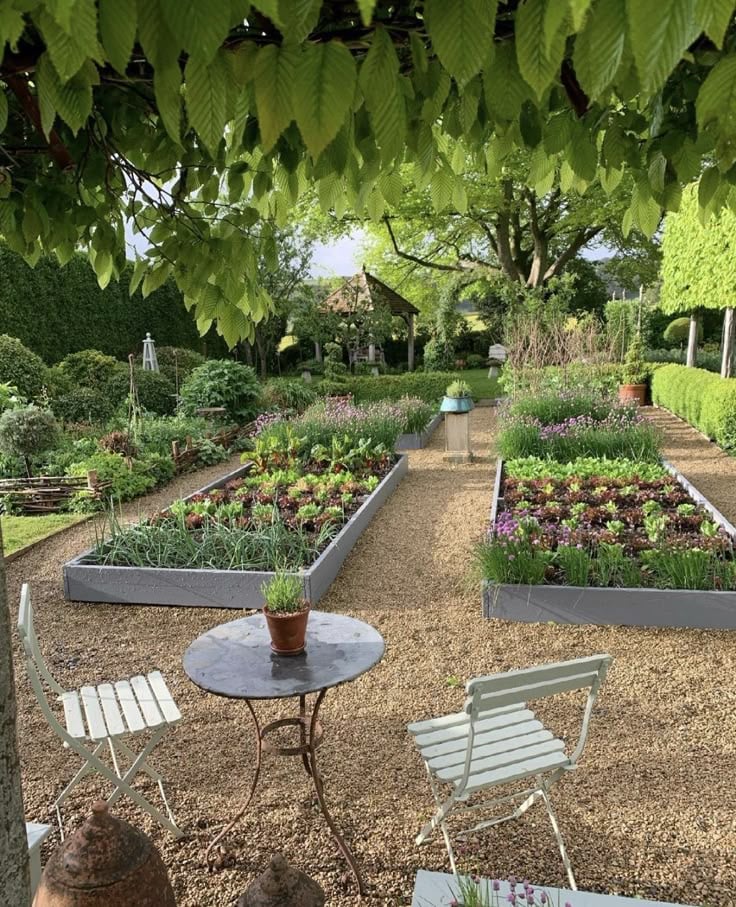
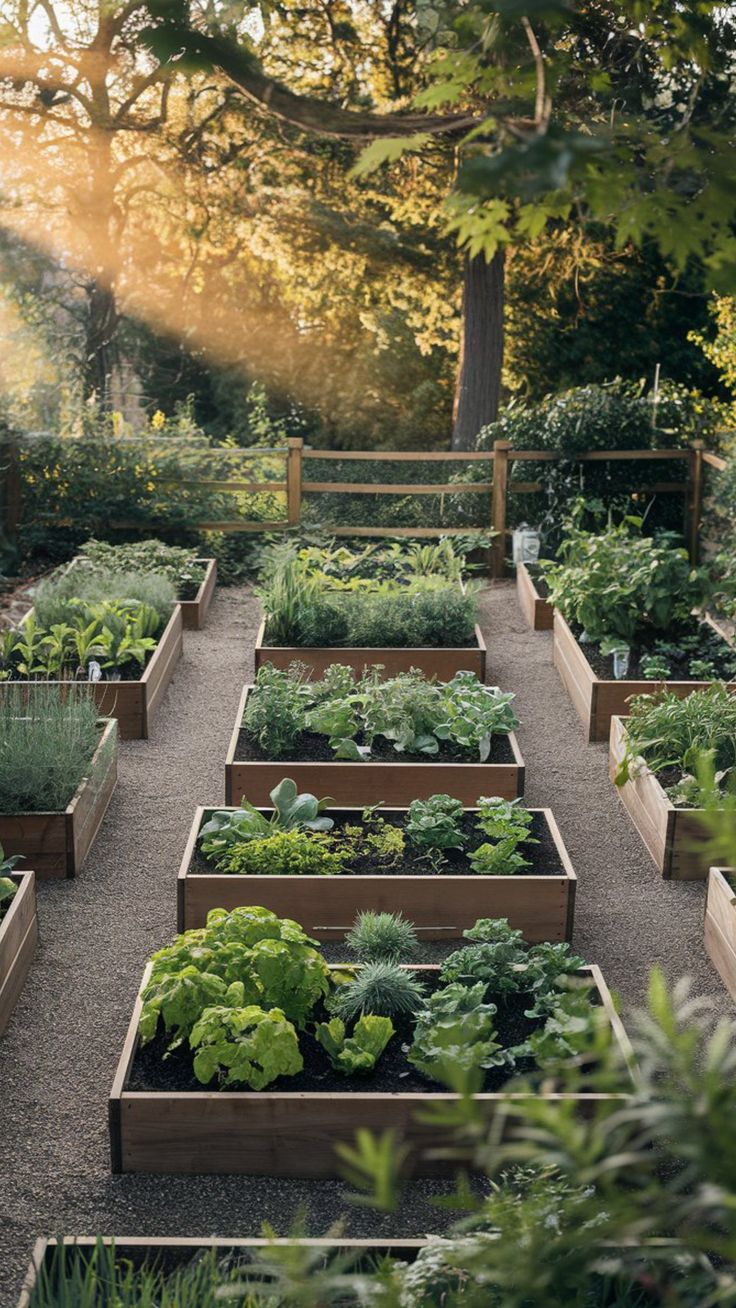
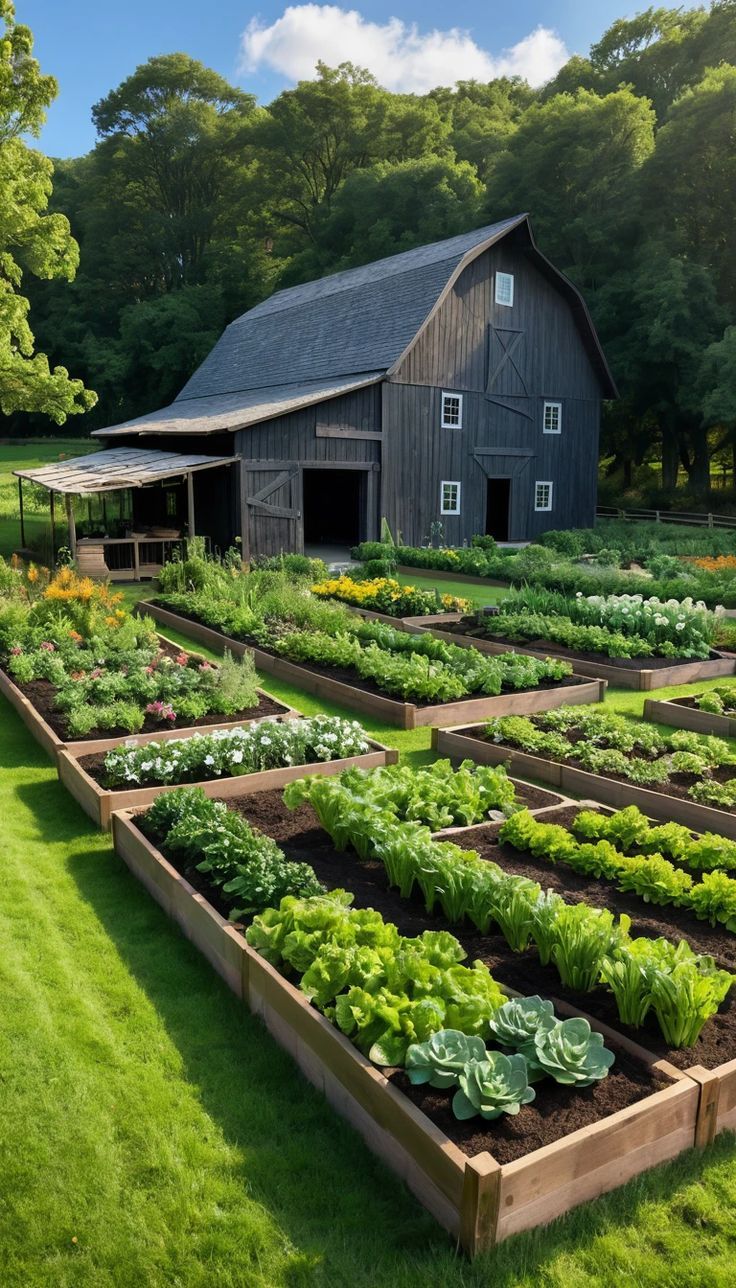
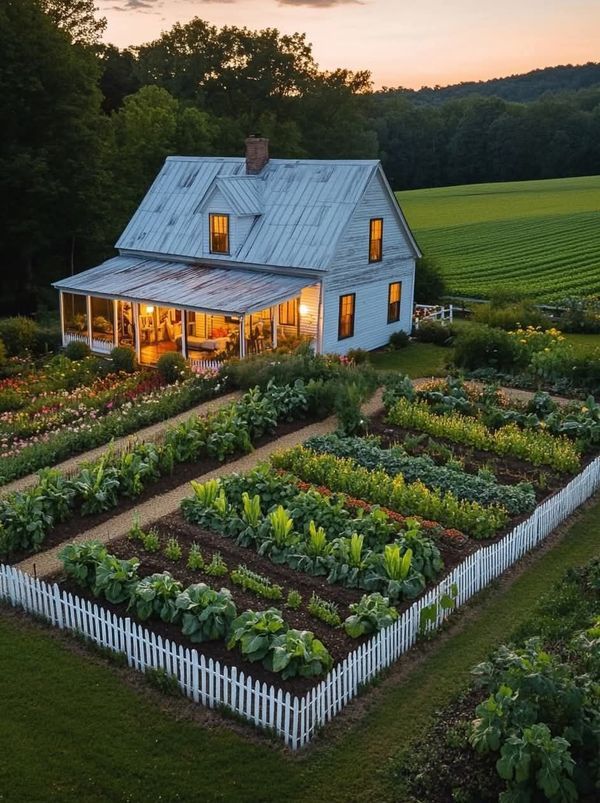
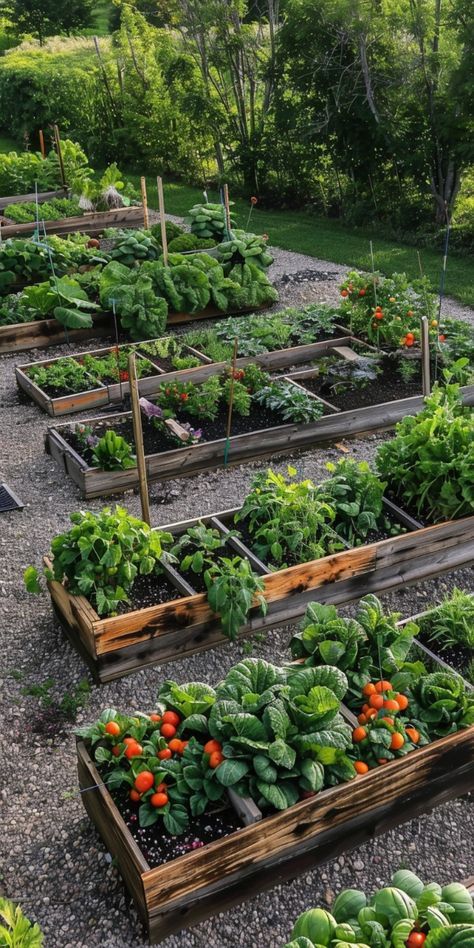


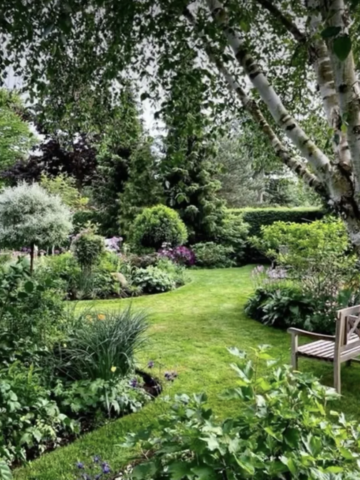
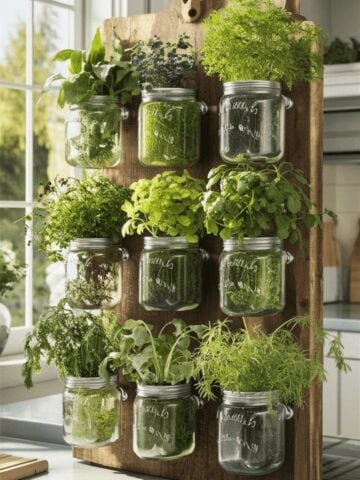
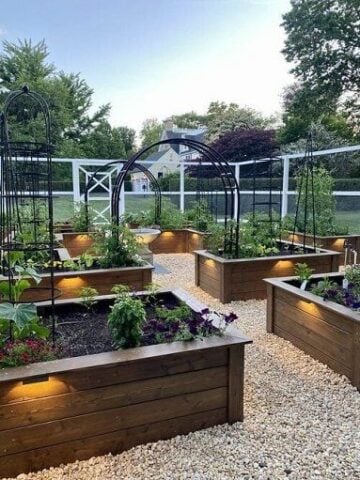
Leave a Reply